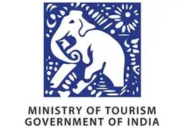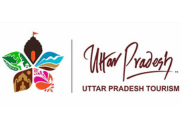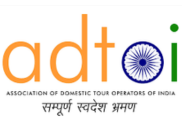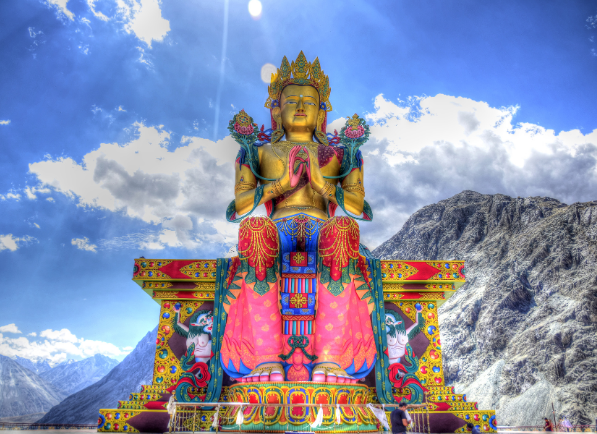
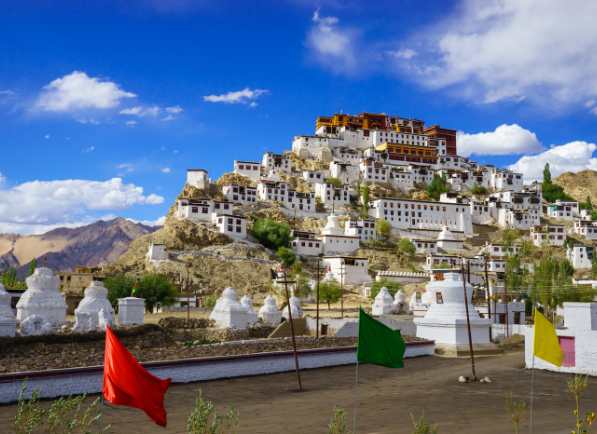
Leh-Ladakh, situated in the northernmost region of India in the Union Territory of Ladakh, is a place of high passes, rugged deserts, and snow-capped peaks. Called the Land of High Passes, Leh-Ladakh mesmerizes visitors with its awe-inspiring scenery, ancient monasteries, and a peculiar mix of Tibetan and Indian culture. This isolated Himalayan territory is an adventurer's paradise, nature enthusiast's delight, and spiritual pilgrim's haven.
Culture in Ladakh is rich, spiritual, and full of traditions. Buddhist festivals such as Hemis Tsechu with masked dances, music, and rituals are popular in the area. Traditional art features paintings on Thangkas, woolen cloths crafted by hand, prayer flags, and intricately designed wooden furniture. Monasteries contain old murals and statues that depict stories about Buddhist philosophy.
Ladakhi cuisine is robust and inspired by Tibetan food, perfect for the cold weather:
Leh-Ladakh's climate is a cold desert type with harsh temperature conditions:
Leh-Ladakh is not just a place—it's an experience of remoteness, loveliness, and spiritual richness. Whether you travel over mountain passes on a bike, meditate in ancient monasteries, or watch star-filled skies over alpine lakes, every day in Ladakh remains etched in your memory forever. It's a spiritual journey, sensory adventure, and soul fulfillment for the seekers and adventurers alike.
